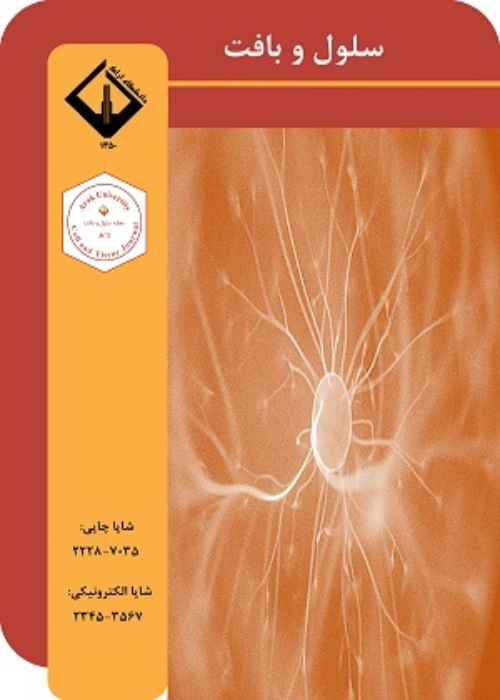Optimization of Callus Formation In Cannabis sativa L.
Cannabis sativa L. contains valuable cannabinoids necessary for industrial, nutraceutical and pharmaceutical applications. To ensure the availability of cannabis plant materials in vitro culture approaches guarantee rapid and mass production to meet the growing demand. On the other hand, callogenesis can also guarantee the production of secondary metabolites in vitro through suspension cell culture. The goal of the current study was to compare different basal culture media and plant growth regulator combinations to offer the best conditions for inducing callus formation in medical cannabis.
Leaf explants were placed on MS and DKW basal culture media were used along with B5 vitamins, 30 g/l sucrose, and 7 g/l of Agar, together with various concentrations of plant growth regulators, including 2,4-D (2, 5, and 8 µmol/l) and BA (0.5 and 2.5 µmol/l).
The calli appeared between 5 to 7 days after establishment on various basal media supplemented with different types and concentrations of hormones. The presence of plant growth regulators is essential for callus formation in this plant, as the cultured explants in control treatments without hormones did not produce any calli. Callus formation was observed in all media and hormonal treatments, but produced calli were different from each other in terms of size, color and texture. Our study showed that texture of calli was compact or friable. The texture of calli in DKW was the most compact with the least amount of cytokinin at any concentration of auxin. However, in MS, it was the most friable with the highest amount of cytokinin at any concentration of auxin. Also, in this medium, the texture of calli was the most friable with the highest concentration of auxin. The color of calli in hormonal treatments present in MS culture medium was white and light cream, but in most hormonal treatments in DKW culture medium, it was white. The results of this study indicate that the best medium was MS medium supplemented with 2 (µmol/l) 2,4-D with 2.5 (µmol/l) BA (friable callus). Furthermore, the most inappropriate medium for callus formation from cannabis leaves in terms of all the characteristics examined was the DKW culture medium along with 5 (µmol/l) 2,4-D in combination with 2.5 (µmol/l) BA. The compression of calli can be caused by the reduction of proliferation in the cells that are dividing, this reaction can be influenced by the auxin inside the explant. Adding high auxin to endogenous auxin, in addition to adding cytokinin with a low concentration can affect the formation of compact texture. The formation of friable callus requires a balanced combination of auxin and cytokinin. Another important factor in plant tissue culture is the color of the calli, which is a sign of tissue health and vitality. For example, a healthy calli under light conditions is usually green in color, but a dark brown or black color is usually a sign of the death of the calli, which is due to pollution, stress or the production of substances such as phenols. Maximizing callus formation in the shortest possible time is one of the important objectives in tissue culture techniques, which not only saves time and cost but also prevents possible somaclonal variations. In general, according to the results, one of the suitable mediums for callus production in cannabis is the DKW,so the results of this study confirm the introduction of DKW as the best culture medium in past studies. However, the MS culture medium is also the best medium in the available study and the least suitable result of this study is related to one of the hormonal combinations in the DKW culture medium. This difference with the mentioned study may be due to differences in genotype, laboratory materials, hormone amount, vitamins or other conditions affecting the tissue culture of this plant.
Calli provides the opportunity to reproduce plants on a large scale and produce disease-free plants. Generally according to the plant, friable calli have a more suitable tissue for somatic embryogenesis and suspension culture, whereas compact calli have a higher potential for regeneration. This medium is recommended for future studies on somatic embryogenesis and cell suspension cultures due to the calli being friable in it.
- حق عضویت دریافتی صرف حمایت از نشریات عضو و نگهداری، تکمیل و توسعه مگیران میشود.
- پرداخت حق اشتراک و دانلود مقالات اجازه بازنشر آن در سایر رسانههای چاپی و دیجیتال را به کاربر نمیدهد.


